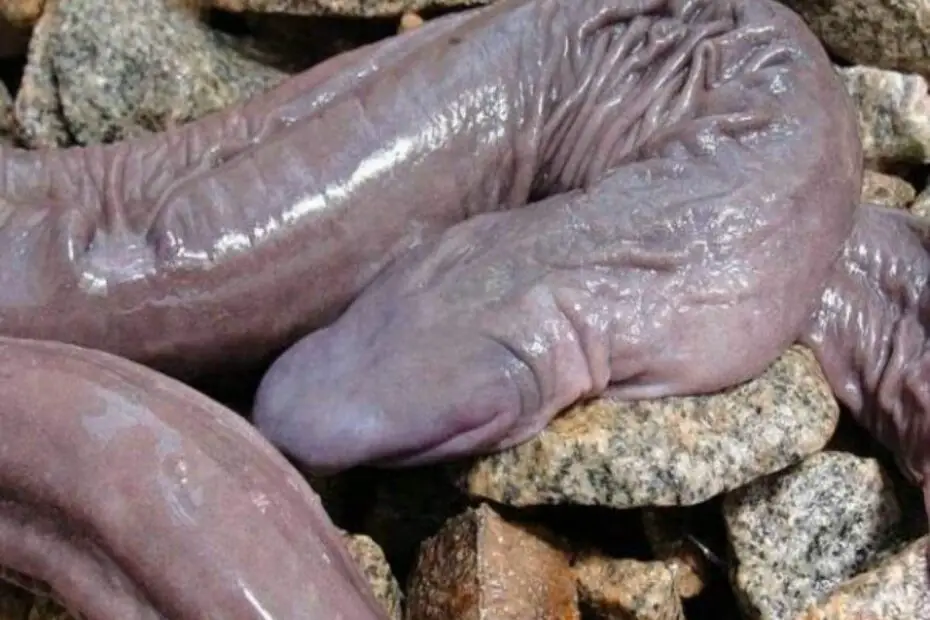10. Axolotl
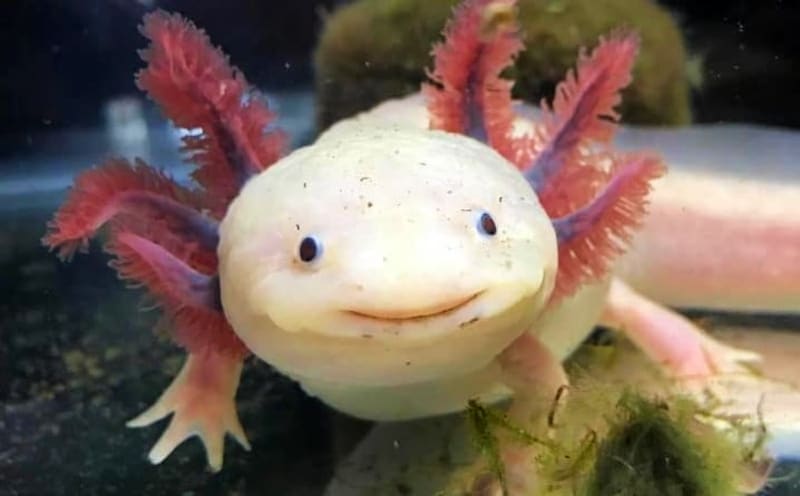
Axolotl is also called the Mexican walking fish. Although it is called a walking fish but rather its an amphibian.
Axolotls are not the usual amphibians because without undergoing a metamorphosis, they reach adulthood that is unusual among other amphibians. The Axolotl adults remain aquatic and gilled instead of taking to the land and developing the lungs. It is like a such as African tilapia and Asian carp that are Non-native species, which have recently been introduced to the waters. Their food habit is eating the young axolotls by the new fish. This amphibian is listed on the International Union for Conservation of Nature’s annual Red List of threatened species currently.
9. Dumbo Octopus
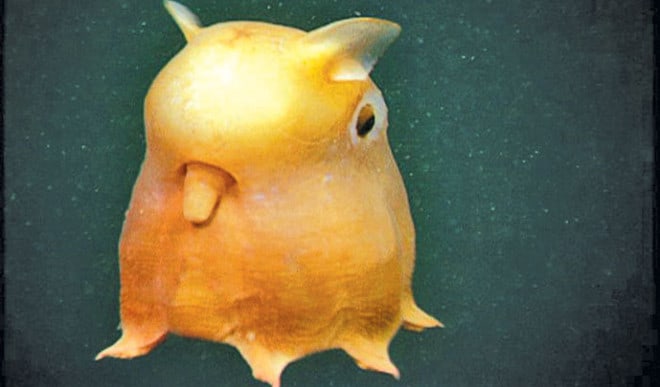
Dumbo Octopus is a genus of pelagic umbrella octopuses.
Its name, Dumbo is originated from Disney’s film Dumbo as it has the same ear-like fin that is extended from the mantle above each eye. They will found in the coastal areas of the Philippines, New Zealand, Australia, Papua, and other locations. These species apparently live in colder waters across the world from the depth of 1000 to 7000 meters. As they live 1000 meters or below, they have few direct threats from humans. The average life span of a Dumbo Octopus is 3-5 years, and also known as the deepest living octopuses that are present.
8. Aye-aye
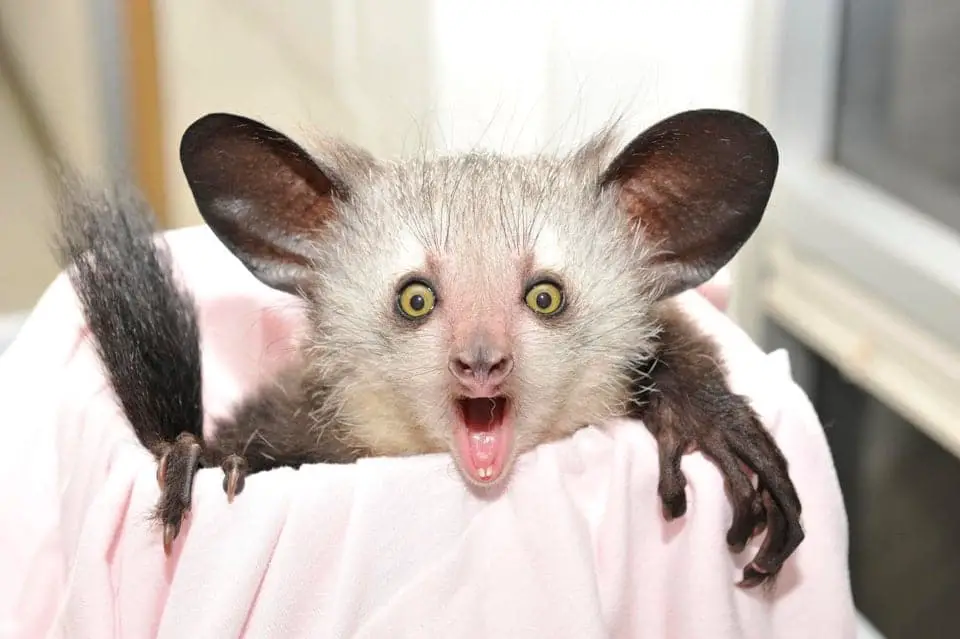
Aye-Aye scientific name is Daubentonia madagascariensis.
The animal is a strepsirrhine primate native to Madagascar with a unique thin middle finger, and a long-fingered lemur with rodent-like teeth that perpetually grow.
It has its own unusual method of finding food.
Aye-Aye makes holes in the wood using its forward slanting incisors that creates a small hole and insert its finger to pull the grubs outside and also taps on trees to find Grubs.
This method is called a foraging method that is also called percussive foraging. From the ecological point, Aye-aye also fills the woodpecker’s niche, as they are capable of penetrating the wood to extract the invertebrates.
7. Blob Fish
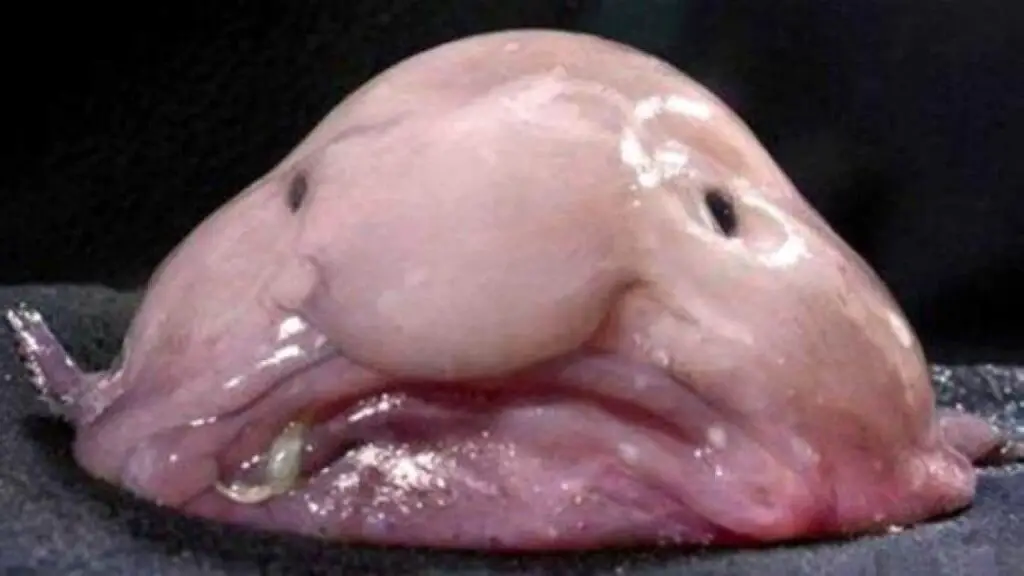
The smooth-head blobfish, simply known as blobfish that resides in the deep-sea area. It mainly habitats in the waters of New Zealand, Australia, and Tasmania. These are shorter than 12 inches or 30 cms, and its appearance looks like a gel. Blobfish live at the depths of 600 to 1200 meters, where the pressure of the sea will be 60 to 120 times higher than the sea level. This is because the blobfish’s flesh density will be slightly less than the water that allows the fish to float above the seafloor without putting the energy on swimming. Also, they are voted as the ugliest fish on the earth.
6. Shoebill
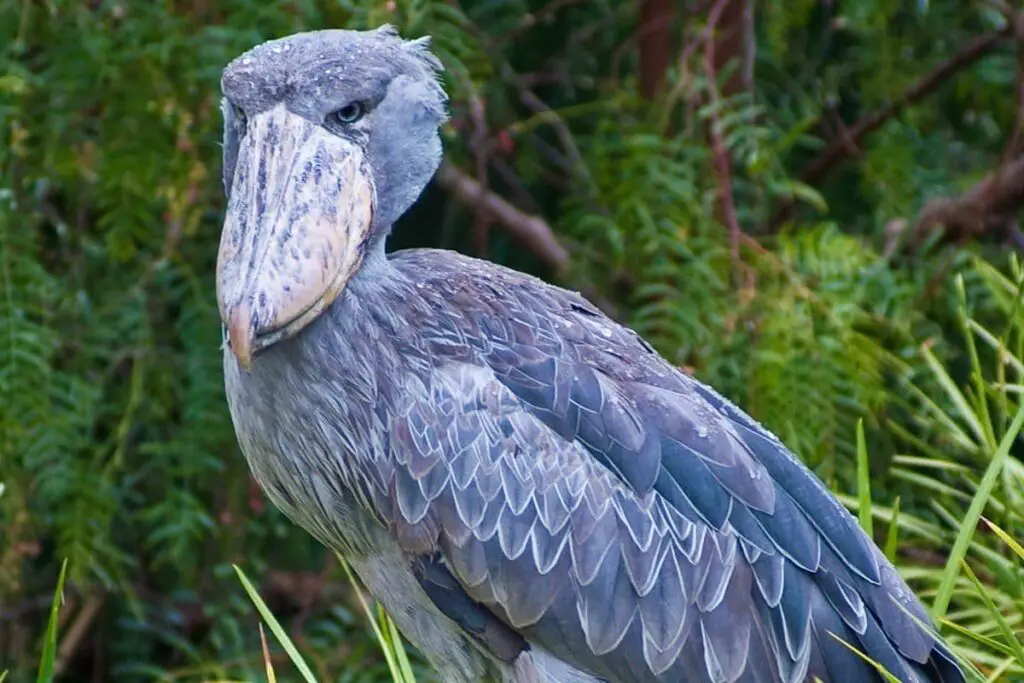
The shoebill resembles like a big stork-like bird that derives its name from its shoe-shaped bill.
These birds mainly live in the area of tropical east Africa from South Sudan to Zambia.
They can be found in locations like the flood plain with undisturbed reedbeds and papyrus. The shoebill youngers are brown in colour, and the adults are mainly grey in colour. A floating vegetation bed is required when the shoebill was in the deepwater area. Shoebill can also be found at the poorly oxygenated water. Generally, these birds are non-migratory with limited movements that are seasonal ones due to food availability, disturbances, and habitat changes.
5. Atretochoana
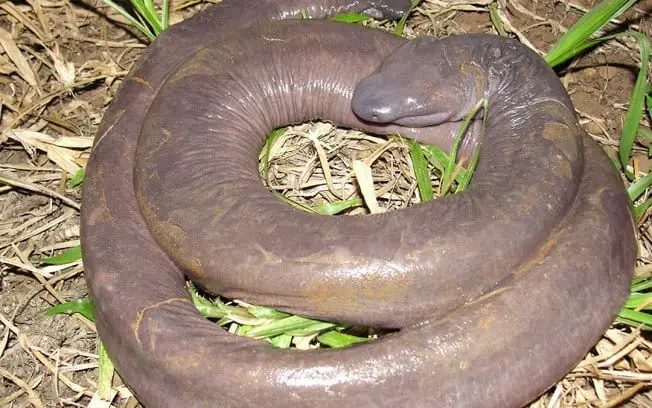
In the late 1800s at the Bazilian rainforest, Sir graham Hales and Sir Brian dolls discovered the Atretochoana eiselti.
These species were accepted to be extinct, with only the two preserved specimens.
In 2011, engineers who are working on a hydroelectric dam project rediscovered these species again.
These species are the only known lungless caecilian and the biggest lungless tetrapods.
Most of the caecilians will have a right lung that is developed well and a vestigial left lung. However, the Atretochoana lacks the lungs entirely and also has other features that are associated with lunglessness, such as the absence of pulmonary arteries and the sealed choanae.
4. The Blue parrotfish
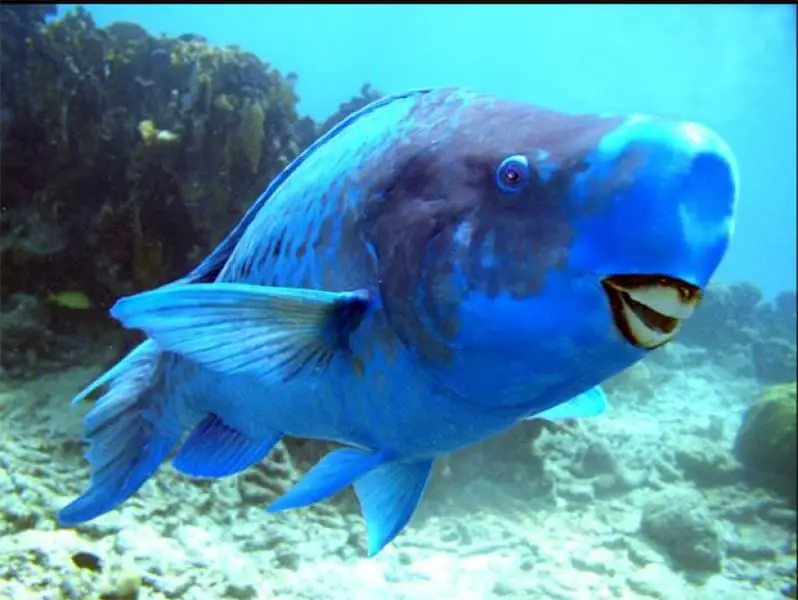
The Blue parrotfish will be found in the tropical and subtropical parts of the shallow water at the western Atlantic Ocean and the Caribbean Sea on coral reefs. They are blue in colour with the yellow like a spot on their heads that fades out the age. The maximum length of the blue parrotfish will be of more than 3 feet and having an average length of 30 to 75 centimetres on average. The weight of them will be 9.1 Kgs that develops a beak that is large that is used for scraping small organisms from rocks and algae. It spends more than 80 per cent of its time searching for the food.
3. Irrawaddy Dolphin
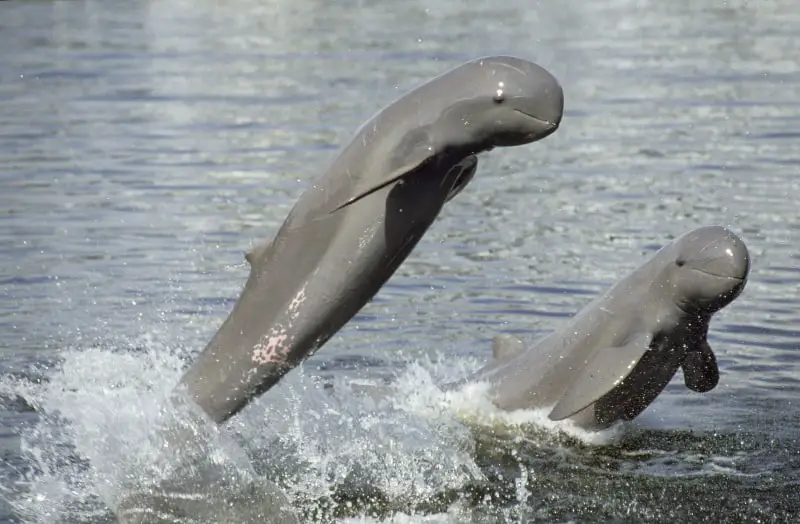
The Irrawaddy dolphin is an oceanic dolphin that is found near to the sea coasts and rivers in the various parts of Southeast Asia and the Bay of Bengal.
The colour of the Irrawaddy dolphin is grey and dark slate blue without a distinctive pattern with paler underneath.
It ranges the weight between 90 to 200 kgs with a length of 7.5 feet after full maturity. The maximum recorded size was 9.0 feet that are of a male in Thailand. It is different from the other dolphins because Irrawaddy Dolphin has the U-shaped blowhole on the left side of the midline and opens at the front of the dolphin.
2. Quokkas
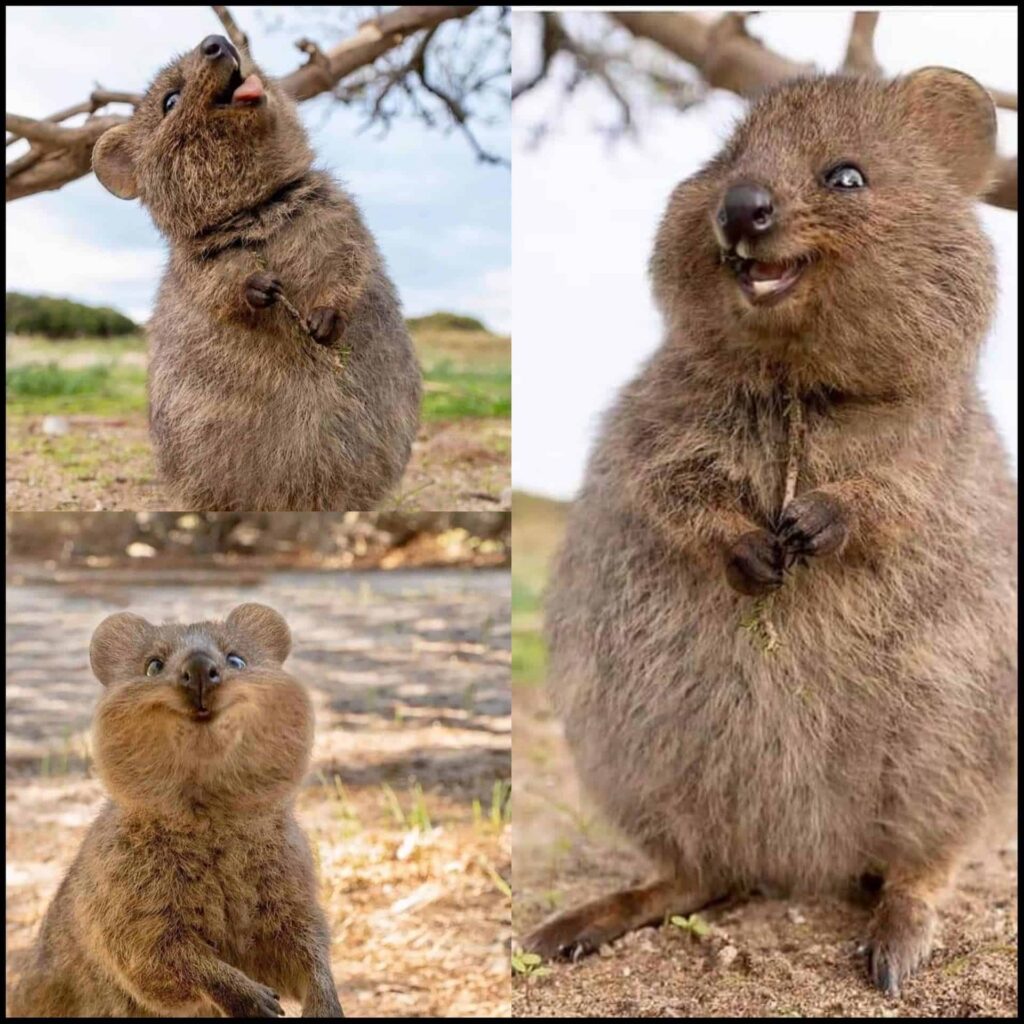
The quokka or the short-tailed scrub wallaby is a macropod of small seized like a domestic cat.
They found on a smaller island of Western Australia in isolated and scattered populations in the forest.
It will be 40 to 54 cm long with a 25-30 cms long tail that is very small for a macropod and weighs between 2.5 and 5.0 kg and is 40 to 54 cm. As it looks like a small kangaroo, can climb many trees and shrubs up to more than 4 ft. Quokka will be of grizzled brown colour but has the fade to the buff underneath, and they live for 10 years on an average.
1. Red-lipped batfish
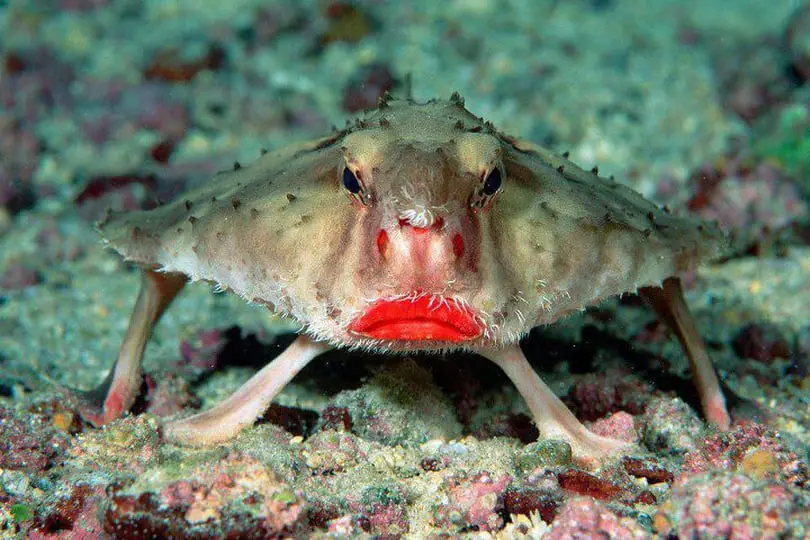
The red-lipped Batfish called Galapagos batfish, and they found around the waters of the Galapagos islands at 3-76 meters depth.
The Batfish has bright red lips, the reason why they are called red-lipped batfish.
The most unique feature of this Batfish is that they are not good swimmers and use their pelvic, anal fins, and pectoral to “walk” on the ocean floor.
Coming to the red-lipped batfish body-colour with a grey and light brown colour, and with white on the underside.
